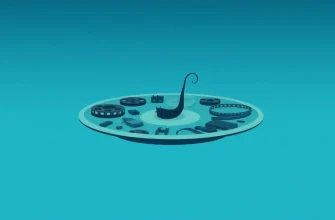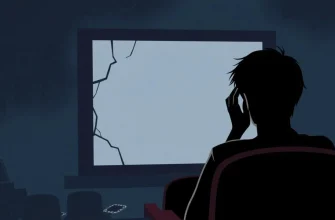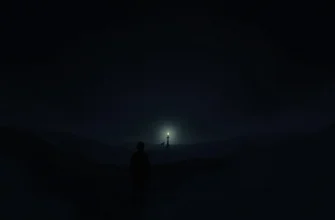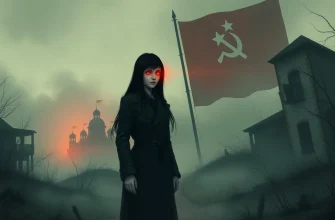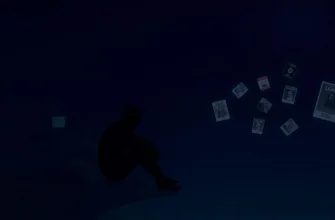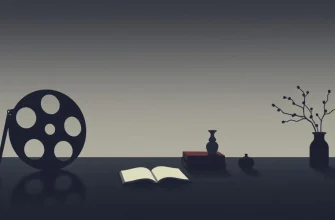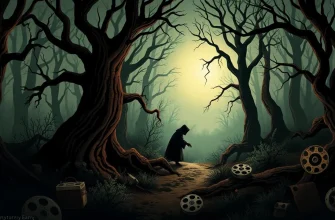Nightmares have always been a rich source of inspiration for filmmakers, offering a canvas to paint our deepest fears and anxieties. This curated list of 10 films delves into the realm of nightmares, where dreams turn into terrifying realities. Whether you're a fan of psychological horror, supernatural scares, or surreal dreamscapes, these movies will take you on a spine-chilling journey through the subconscious. From classics to modern gems, each film has been selected for its ability to evoke fear, intrigue, and a sense of the unknown, making them essential viewing for any horror enthusiast.
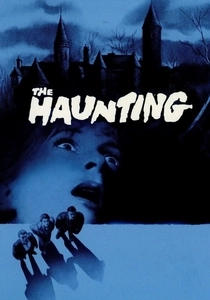
The Haunting (1963)
Description: Based on Shirley Jackson's novel, this film uses psychological horror to create a nightmarish experience for its characters, trapped in a haunted house where their fears come to life.
Fact: The film was shot in black and white to enhance its eerie atmosphere, and many of the set pieces were designed to subtly unsettle the audience.
 Watch Now
Watch Now 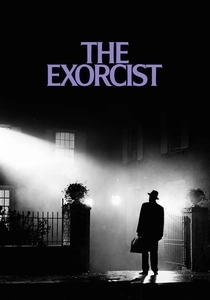
The Exorcist (1973)
Description: While primarily a possession film, the demonic influence on a young girl's dreams and behavior creates a nightmarish atmosphere, making it one of the scariest films ever made.
Fact: The film was so terrifying that it was reported to have caused audience members to faint, vomit, or leave the theater during its initial release.
 Watch Now
Watch Now 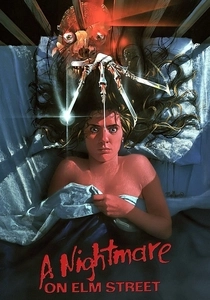
A Nightmare on Elm Street (1984)
Description: This iconic slasher film introduces us to Freddy Krueger, a vengeful spirit who attacks his victims in their dreams. The terror of being hunted in your sleep makes this a quintessential nightmare film.
Fact: The film was inspired by a series of articles about people dying in their sleep from unexplained causes. Wes Craven, the director, was also influenced by a Cambodian refugee's story about a demon that kills people in their dreams.
 Watch Now
Watch Now 
Jacob's Ladder (1990)
Description: A Vietnam War veteran experiences surreal and terrifying visions, blurring the lines between reality and his nightmares, leading to one of the most shocking twists in horror cinema.
Fact: The film's ending was changed multiple times during production, with the final version being kept secret even from the actors until the last moment.
 Watch Now
Watch Now 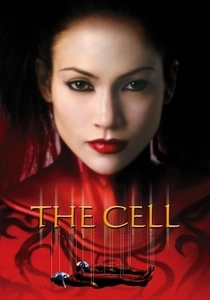
The Cell (2000)
Description: A psychologist enters the mind of a comatose serial killer to save his latest victim, navigating through his twisted dream world. The film's surreal visuals make it a standout in the nightmare genre.
Fact: The film's dream sequences were inspired by the works of artists like H.R. Giger and Salvador Dalí, creating a visually stunning and nightmarish experience.
 Watch Now
Watch Now 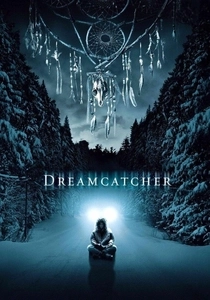
Dreamcatcher (2003)
Description: Four friends with telepathic abilities confront an alien invasion, where their dreams become a battleground for survival, blending sci-fi with nightmarish horror.
Fact: The film was adapted from Stephen King's novel, known for his ability to weave nightmares into his storytelling.
 Watch Now
Watch Now 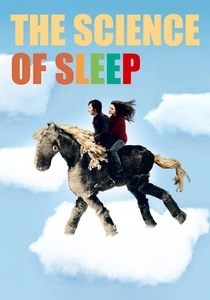
The Science of Sleep (2006)
Description: This film blurs the line between dreams and reality, exploring the creative and often nightmarish mind of its protagonist, making it a unique entry in the nightmare genre.
Fact: Michel Gondry, the director, used a mix of practical effects and stop-motion animation to bring the dream sequences to life, reflecting the protagonist's inventive mind.
 Watch Now
Watch Now 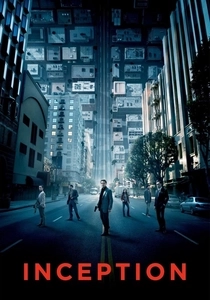
Inception (2010)
Description: While not strictly a horror, the concept of dreams within dreams and the manipulation of the subconscious in this film creates a nightmarish atmosphere, especially in its darker dream layers.
Fact: Christopher Nolan spent nearly ten years developing the concept for "Inception," inspired by his own dreams and the idea of dream-sharing.
 Watch Now
Watch Now 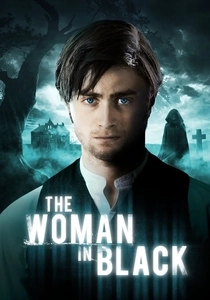
The Woman in Black (2012)
Description: A young lawyer travels to a remote village where he experiences ghostly apparitions and nightmares, leading to a chilling tale of vengeance and sorrow.
Fact: The film is based on Susan Hill's novel and was remade after a successful stage production, with Daniel Radcliffe taking on the lead role to shed his Harry Potter image.
 Watch Now
Watch Now 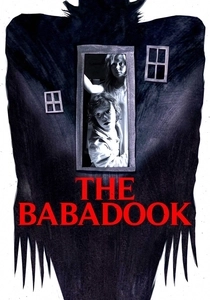
The Babadook (2014)
Description: This Australian horror film explores the psychological horror of grief and motherhood, with the titular monster representing the protagonist's repressed fears and nightmares.
Fact: The film was initially banned in some countries due to its intense themes, but it has since been recognized for its psychological depth and horror.
 Watch Now
Watch Now 

